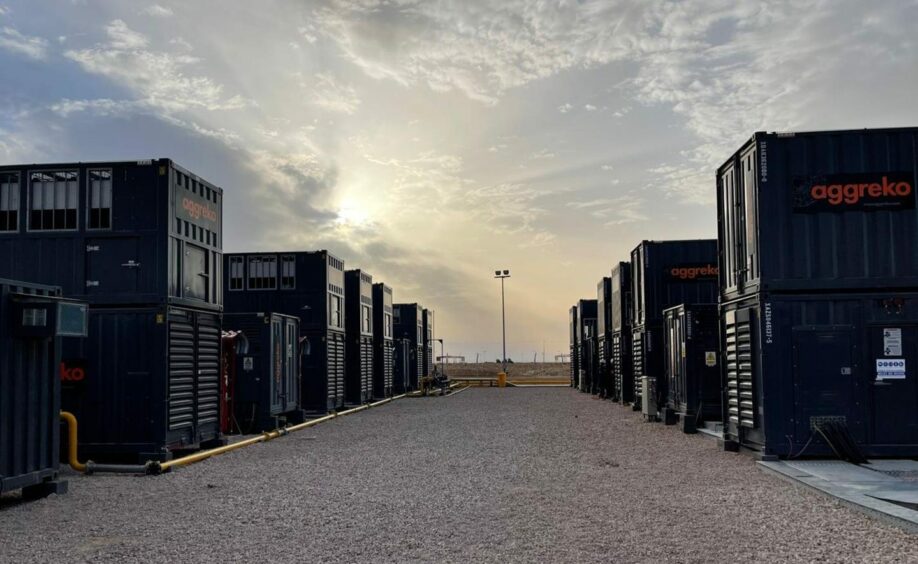
Apache is scaling up drilling in Egypt but at the same time is working to tackle flaring, through a new gas-to-site power model.
The company has set a goal of reducing routine flaring by 40% at its upstream operations in Egypt this year, under its ESG framework. Apache works in Egypt via a joint venture, Khalda Petroleum Co. (KPC), with Egyptian General Petroleum Corp. (EGPC).
Where local connections are available, associated gas can be exported. In remote sites this has proved harder.
Apache has begun using this gas to fuel local power. Excess gas goes into generators, which power a central grid connected to production facilities.
The move cuts diesel consumption, reducing emissions further. It also allows the company to cut diesel purchases and logistical challenges, cutting costs. Apache has said it expects to save around $15 million per year as a result.
Apache chose to carry out a trial run at its remote Ptah field. The new power generation system started up in April and involves 18 generators. These produce up to 10 MW of power, which it distributes via 30 km of overhead power transmission lines.
It connects to 26 wells, which require 8 MW of power. The remaining power goes to accommodation and water disposal. The company believes the project has cut flaring by around 2 million cubic feet per day. This will account for 20% of its corporate goal of cutting Egyptian flaring this year.
Corporate plans
Apache has a three-year goal of removing 1 million tonnes of CO2 from operations. The company has linked executive pay to achieving this goal.
Over the next two years, drilling in the Western Desert is “expected to grow significantly”, Apache said. As a result, it expects to increase power demand at its Egyptian operations 25%
An Apache engineer said the idea was not new. “We typically own, install and maintain our power generation equipment and transmission lines at KPC. However, in this area, the existing generation network was at capacity. With Ptah, we lease the generators, and the supplier is responsible for their operation, maintenance and upkeep.”
In addition to the Ptah Power project, Apache has also reduced flaring in Egypt by adding compression at its Biruni early production facility in March this year.
The company drilled 19 wells in the first quarter, reporting that 15 of them were successful. Among the successes was the Ptah West well, which began producing at 4,250 bpd.
Aggreko said it had launched the largest power generation at site in January. The project in Kurdistan has 192 MW of generators.
Recommended for you

